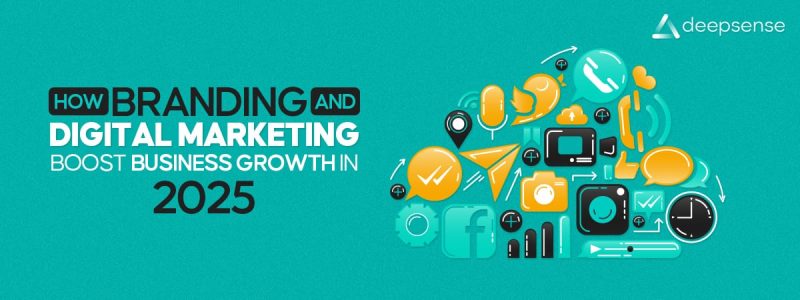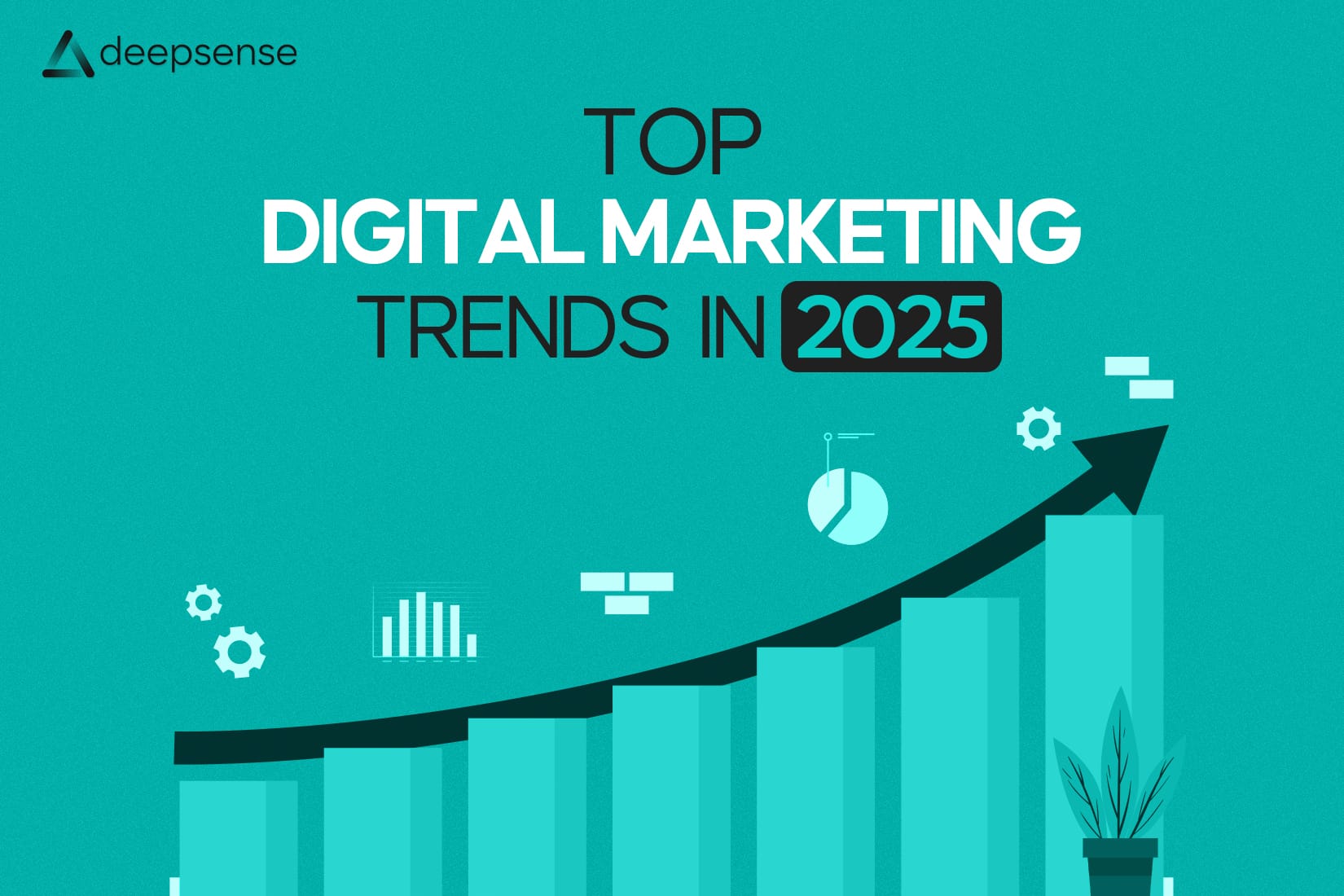Introduction
The digital world has evolved rapidly. One of the most significant shifts we’ve seen in recent years is the way people search online. Traditional keyword-based search is giving way to a more intuitive and conversational method of seeking information. This is largely due to the rise of voice assistants in AEO like Siri, Alexa, and Google Assistant, which are fundamentally changing how content is consumed. In this new landscape, Answer Engine Optimization (AEO) is emerging as a vital component of SEO strategy. And at the core of this transformation lies Artificial Intelligence (AI) and Natural Language Processing (NLP).
AEO is not just another buzzword. It is the new frontier of search. It’s about getting your content selected as the direct answer to a user’s question, especially in voice and zero-click search scenarios. To thrive in this environment, marketers, content strategists, and developers need to understand how AI and NLP can be leveraged to make content more discoverable, more relevant, and more aligned with how humans naturally communicate.
Let’s break down the role AI and NLP play in the AEO process and why it matters more than ever before.
How Search Has Changed: From Keywords to Questions
Historically, search engine optimization was built around keyword density, backlinks, and metadata. But the rise of voice search has made context and intent more important than raw keywords. Instead of typing “best Italian restaurant NYC”, users now ask, “What’s the best Italian restaurant near me open right now?”
This change has forced search engines to evolve. Today’s algorithms are designed to understand user intent and provide direct answers. They no longer just match keywords but aim to comprehend meaning and relevance. This is exactly where AI and NLP come into play.
What Is Natural Language Processing and Why It Matters for AEO
Natural Language Processing is a subfield of AI that focuses on enabling machines to understand, interpret, and generate human language. NLP helps machines understand the structure and meaning of sentences, the context of words, and the relationship between concepts. For AEO, this means search engines can now go beyond literal keyword matching to truly grasp what the user wants to know.
When a user asks a question, NLP algorithms analyze not just the words but the underlying intent. For example, a user query like “How do I fix a leaky kitchen faucet?” triggers NLP models to identify the core action (fixing), the object (kitchen faucet), and the problem (leakage). It then scours the internet to provide the most contextually accurate and authoritative answer.
Search engines like Google use advanced NLP models such as BERT and MUM. BERT helps Google understand the nuances of human language by processing words in relation to all the other words in a sentence, rather than one-by-one in order. MUM, or Multitask Unified Model, goes even further by processing complex queries across different languages and formats (text, images, videos) to deliver rich, high-quality answers.
How AI Enhances AEO at Every Stage
AI isn’t just supporting NLP. It plays a far broader role in powering the infrastructure of modern search engines and in shaping AEO strategies. Here are some keyways AI contributes:
1. Content Understanding and Classification
AI algorithms scan billions of web pages and use machine learning models to classify and rank content. These models look at topical authority, semantic relevance, language clarity, and trustworthiness. AI helps identify which content piece is most likely to answer a given query in the best way possible.
2. Entity Recognition and Knowledge Graphs
AI uses entity recognition to identify and connect people, places, organizations, and things mentioned in content. Google’s Knowledge Graph, powered by AI, stores these entities and their relationships. This allows the search engine to deliver more factual, concise answers in response to complex questions.
For example, if someone searches for “When did Elon Musk acquire Twitter”, AI processes the named entities “Elon Musk” and “Twitter”, identifies the timeline of events through entity relationship mapping, and presents the most accurate snippet.
3. Query Intent Matching
Modern AI systems classify search queries by user intent, informational, transactional, navigational, or local. AEO benefits significantly from this because content can then be crafted to meet specific intent categories. Informational content written clearly and concisely has the highest chance of getting selected for a featured snippet or voice response.
Building AEO-Ready Content with AI and NLP in Mind
Creating content that ranks in the answer box or is picked by voice assistants requires a different approach than traditional SEO. Here are several practical strategies:
1. Focus on Conversational Queries
Structure content around natural, human questions. Use headers like “What is X?”, “How to Y?”, “Why does Z happen?” These are more likely to be picked by voice assistants and AI-powered engines that respond to specific user queries.
2. Optimize for Featured Snippets
Featured snippets appear at the top of search results and are often the answers selected for voice responses. To target them, write clear, concise answers directly after your subheadings. Use lists, tables, and definition-style paragraphs.
3. Use Structured Data Markup
Schema.org structured data helps AI understand the context of your content. For instance, using FAQ schema, HowTo schema, and Article schema gives your content a higher chance of being picked by answer engines because it’s easier for machines to parse.
4. Write for Intent, Not Just Keywords
Think like your user. Ask yourself what information they are trying to find. Use AI tools to analyze search trends and intent clusters. Create pillar pages and content clusters that address related subtopics comprehensively.
5. Update Content Regularly
AI systems reward content freshness, especially when it comes to factual information. Keep your pages updated, revise outdated information, and refresh content to stay relevant.
Interesting Facts You Should Know
- Over 58% of users use voice search to find local business information. This is a goldmine for AEO-focused local SEO.
- Google’s BERT algorithm impacts nearly every English query, showcasing the massive influence of NLP in everyday search.
- Studies show that 70% of featured snippet content comes from pages ranking in the top five positions. It’s not enough to be optimized for answers; you must also rank well.
- Content that appears in featured snippets sees a CTR boost of up to 114%, making AEO not just a visibility play but a conversion strategy too.
Tips and Tricks from an Expert Perspective
Here are some advanced tactics that can amplify your AEO efforts:
- Use AI-powered SEO tools like Clearscope, Surfer SEO, or MarketMuse to identify semantic keywords and optimize content for topic relevance.
- Conduct voice search testing with tools like Answer the Public or AlsoAsked to find real queries and structure your content accordingly.
- Use NLP analysis tools such as IBM Watson NLU or Google Natural Language API to analyze your existing content and improve linguistic clarity and structure.
- Track zero-click metrics through platforms like Ahrefs or SEMrush to assess how much of your traffic comes from answer boxes and snippets.
- Experiment with video transcripts and alt-text for visual media. Google’s MUM algorithm interprets different content formats, so well-labeled multimedia increases your AEO potential.
The Future of AEO: Where AI Is Headed
As generative AI continues to evolve, we’re heading toward an even more immersive and interactive search experience. Google’s Search Generative Experience (SGE) and Bing’s integration with ChatGPT are already showing how AI will shift search from a list of links to a conversation with context-rich answers.
In the future, content creators will need to think in terms of knowledge delivery rather than keyword positioning. This means using AI to generate comprehensive, multi-format content that answers questions holistically and integrates with the broader ecosystem of digital assistants, smart devices, and semantic web technologies.
Final Thoughts
AI and Natural Language Processing are no longer optional tools. They are essential components of a robust digital presence in the AEO-driven search landscape. From query intent recognition to entity-based ranking systems, the entire content discovery process is now mediated by intelligent algorithms that reward clarity, context, and conversational structure.
For brands, marketers, and technologists alike, the path forward is clear. Embrace AI not just for optimization, but as a co-creator. Use NLP to shape content that mirrors human curiosity. Leverage structured data and semantic relevance to ensure your answers are the ones being delivered by machines.
AEO is not about gaming the algorithm anymore. It’s about becoming the most trustworthy, relevant voice in the conversation, and thanks to AI and NLP, that’s more achievable than ever before.
FAQs
1. What is AEO and how is it different from traditional SEO?
Answer Engine Optimization (AEO) focuses on optimizing content to be selected as the direct answer to user queries, especially in voice search and featured snippets. Unlike traditional SEO, which centers on keywords and backlinks, AEO prioritizes clarity, context, and question-based content to align with how users naturally ask questions through AI-powered search interfaces.
2. How does Natural Language Processing (NLP) help improve AEO?
NLP allows search engines to understand the meaning and context behind user queries rather than just matching keywords. It enables machines to process language similarly to humans, making it easier for them to deliver precise and relevant answers. This improves the chances of your content appearing as a featured snippet or voice assistant response.
3. What role does AI play in content ranking for AEO?
AI helps in classifying and ranking content by evaluating factors like semantic relevance, authority, user intent, and content structure. It powers systems like Google’s BERT and MUM, which analyze how well a piece of content answers a user’s question, even if it doesn’t contain exact keyword matches.
4. How can I optimize my content for voice search using AI and NLP principles?
To optimize for voice search, structure your content around natural language questions and provide concise, clear answers. Use conversational phrases, apply structured data (like FAQ or HowTo schema), and ensure content is context-rich. AI-driven SEO tools can help identify relevant questions and structure responses effectively.
5. What is the importance of structured data in AEO?
Structured data helps search engines understand the context and hierarchy of information on a webpage. Using schemas like FAQPage, Article, or HowTo enables AI models to extract and display your content in rich results or answer boxes, significantly increasing visibility in voice and zero-click searches.
6. Can AI tools help in creating AEO-friendly content?
Yes, AI tools like Surfer SEO, MarketMuse, and Jasper can analyze user intent, recommend semantic keywords, and help structure content to match conversational search patterns. These tools often incorporate NLP to ensure content is aligned with how people search and how search engines interpret language.
7. What are some common mistakes to avoid when implementing AEO strategies?
Common mistakes include focusing too much on exact keywords, ignoring user intent, not updating outdated content, overlooking structured data, and failing to provide concise answers. AEO success relies on delivering value quickly and clearly, especially in response to voice queries or zero-click searches.











